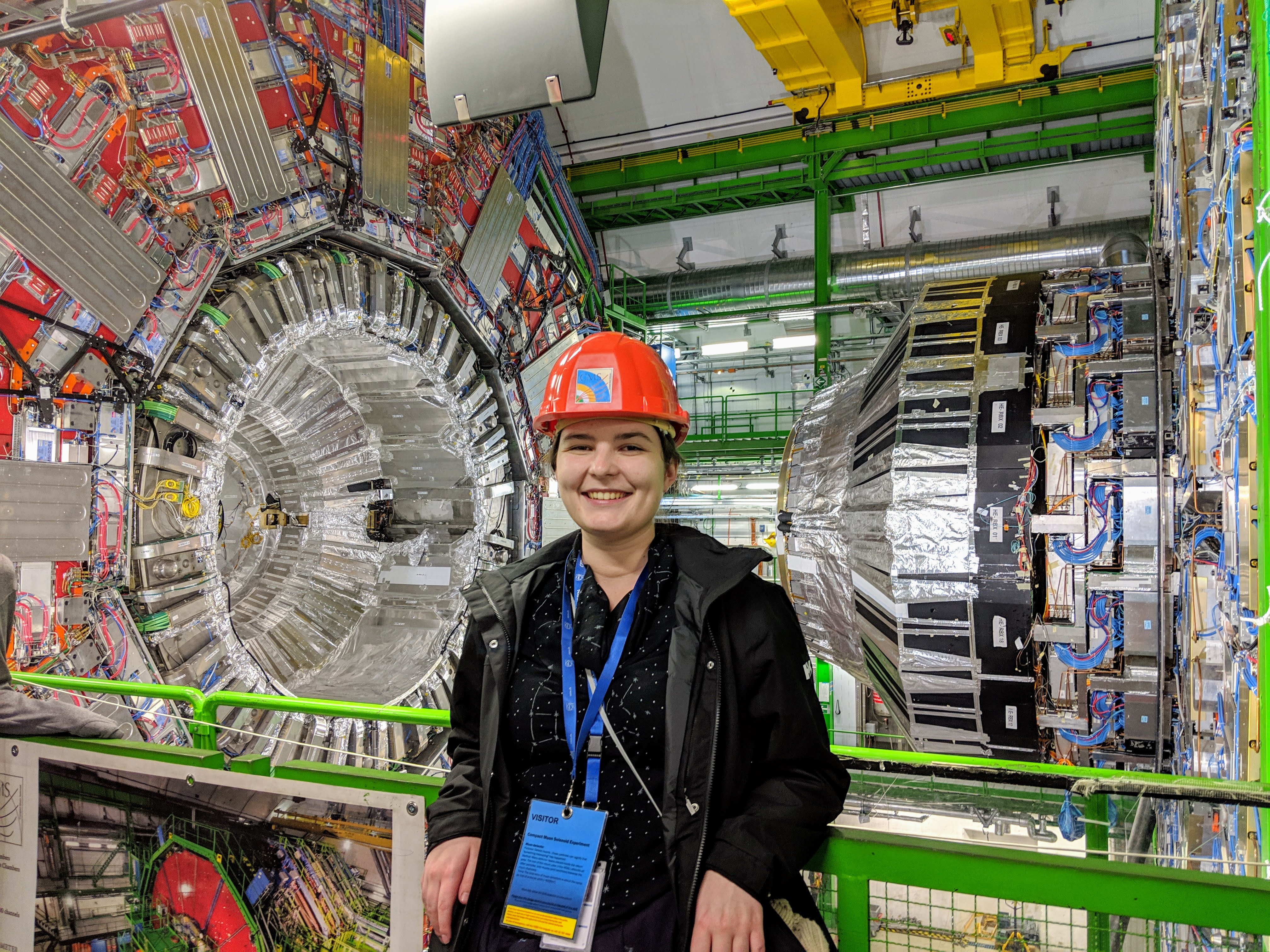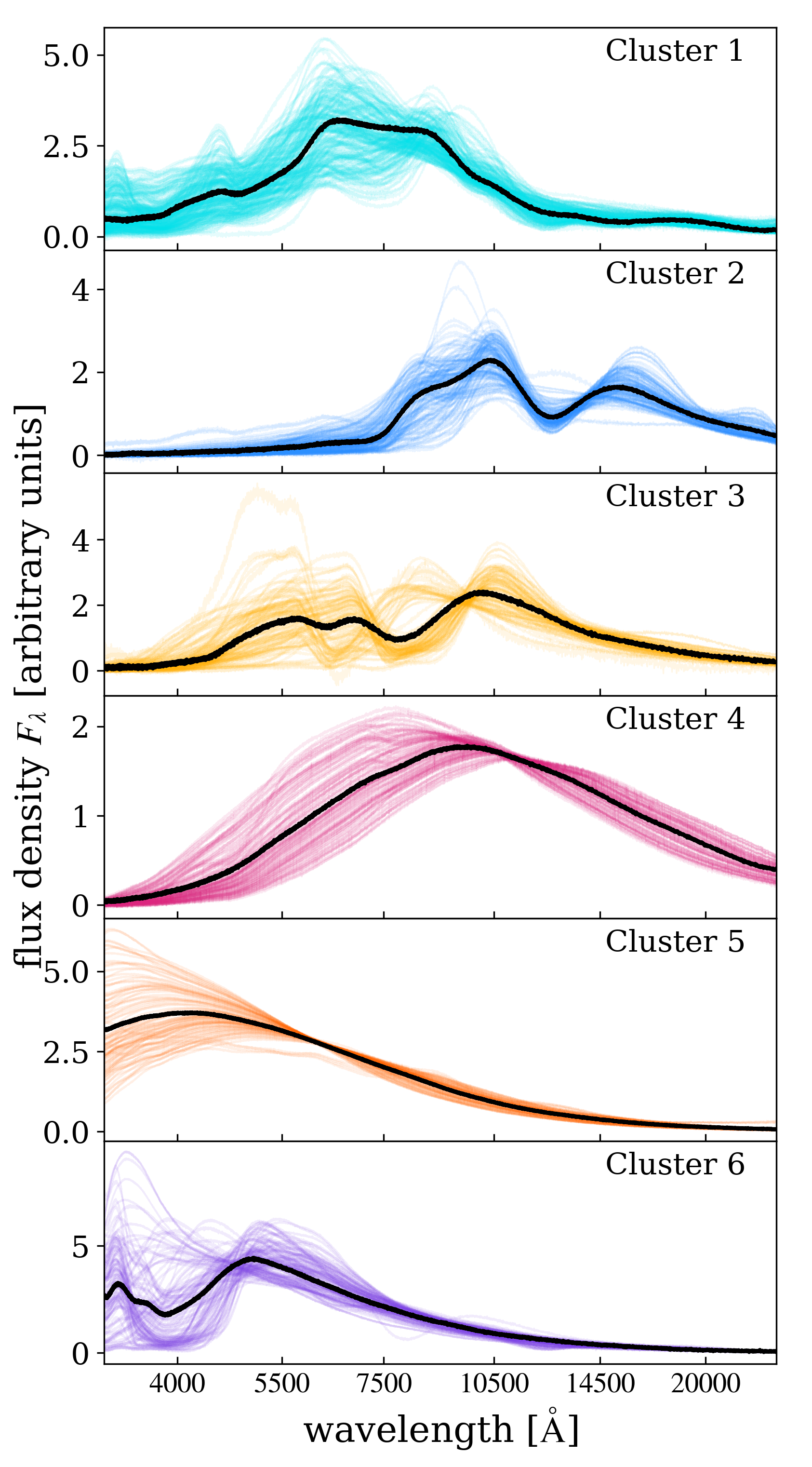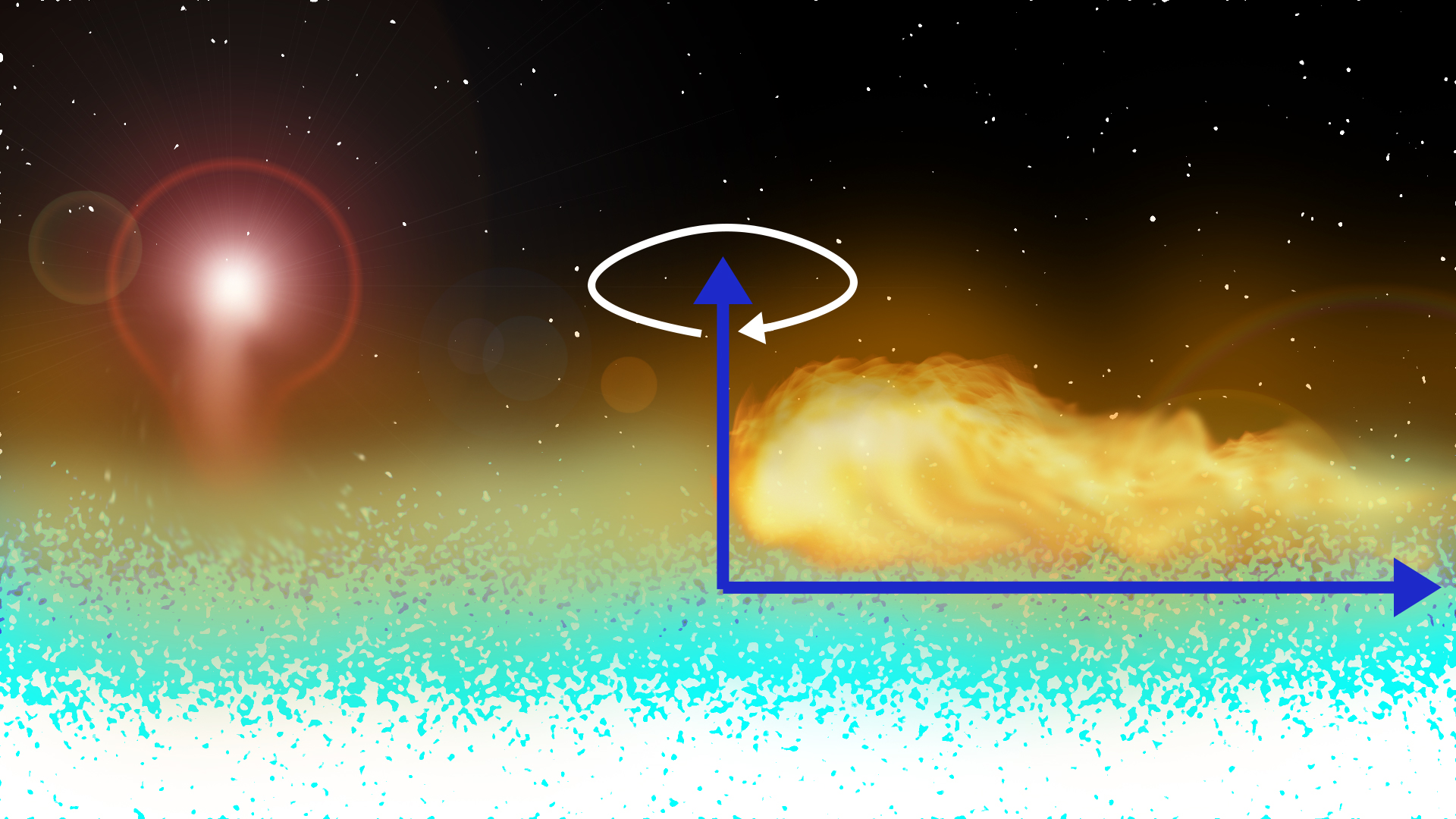About Me

The LHC at CERN, Switzerland
Greetings!
I am an Astrophysics PhD student at McGill University in Montréal, Canada. I currently work in the research group of Dr. Daryl Haggard. I use telescopes around the world -- and in space! -- to study accretion and emission from supermassive black holes.
I am passionate about science visualization, and I enjoy finding new opportunities to combine art and astrophysics. I am also involved in astronomy outreach through the Trottier Space Institute.
Education:
PhD in Physics at McGill University (expected 2027)
MSc in Physics at McGill University (2023)
BA in Astrophysics & Studio Art at Williams College (2020)
Current Research Interests:
High energy astrophysics, compact objects, multimessenger astronomy.
(Previously studied the Epoch of Reionization, Green Pea galaxies, cosmic rays, and transiting exoplanets)
You can find my astronomy/astrophysics publications here: ADS
Research

The ARC 3.5 m telescope at Apache Point Observatory, New Mexico
Current Project(s):
My PhD is focused on multi-wavelength emission from accreting supermassive black holes (SMBHs). I am interested in how the light
escaping from inflow/outflow regions of these active galactic nuclei (AGN) varies with wavelength and time. The properties of this multi-wavelength (MWL)
light can inform us on the fundamental physics of black holes as well as how black holes influence their galactic surroundings. I am a member of the Event Horizon Telescope (EHT) Collaboration,
and I have a strong interest in exploring the MWL emission from black holes with shadows that are detectable with the current or future EHT array. My goal is to use MWL observations
to bridge spatial and temporal scales ranging from the event horizon to galaxy-sized black hole jets.
In one of my projects, I am studying Low Luminosity Active Galactic Nuclei (LLAGNs). The EHT has released observations of the event horizons
for just two SMBHs: M87* and Sgr A*. Multi-wavelength observations are also particularly rare for accretion discs and jets in low luminosity (i.e., lower accretion rate) AGN systems.
Since future EHT observing runs with improved resolution and sensitivity will target LLAGNs, we require multi-wavelength observations of accretion and feedback to relate to the event horizon scale.
I have studied how X-ray emission from a sample of LLAGNs varies over time. Using X-ray monitoring data from the NICER and NuSTAR space telescopes, I discovered that faint LLAGNs can still exhibit significant
X-ray variability (up to a factor of six), and I tracked how the brightness varied inversely with the spectral slope. I thus extended this known inverse trend to some of the lowest accretion rate AGN systems ever observed in X-ray.
The results of this research are included in the published paper here
Simulating Neutron Star Merger Spectra (Past Project):
For my MSc, I explored neutron star mergers and the rapid neutron-capture process (r-process) by creating a dataset of simulated merger spectra
and applying statistical machine learning techniques to identify trends of particular element signatures in the spectra. I used the radiative transfer code TARDIS
to generate a suite of spectra originating from post-merger material with varied physical properties (e.g., brightness, density, velocity).
I performed dimensionality reduction on this large spectral dataset using an autoencoder, and I found that the spectra can be categorized into clusters using a Bayesian Gaussian
Mixture model. My synthetic kilonovae spectra commonly displayed strong absorption by strontium, yttrium, and zirconium, with strong lanthanide contributions under certain physical conditions.
The results of this research are included in the published paper here

Neutron Stars and Merger Simulations (Past Project):
As a Science Undergraduate Laboratory Internship Program participant at the DOE's Lawrence Berkeley Laboratory, I worked on two computational astrophysics projects in the Lab's Center for Computational Science & Engineering.
Under the supervision of Dr. Ann Almgren, Dr. Don Willcox, and
Dr. Sherwood Richers, I used the adaptive mesh refinement AMReX code suite to simulate complex physics occuring around neutron stars.
I simulated hydrodynamics during a Type I x-ray burst around an accreting neutron star using the AMReX-Astro
Castro code. I explored how the neutron star surface temperature and rotation rate impact the strength and propagation of a hydrodynamical flame burning along an accreting neutron star's surface.
I also simulated neutrino emission around a neutron star merger using the particle-in-cell Emu code. Specifically, I explored how neutrinos oscillate between different flavors after being emitted during a merger. Neutrinos
are emitted copiously during a merger, and their flavor oscillations are relevant because they can impact r-process nucleosynthesis in the post-merger environment. I ran simulations to investigate fast (~ nanoseconds) flavor oscillations in one, two, and three dimensions.
The results of this research are included in three published papers here, here, and here

An illustration of our 2D x-ray burst simulation setup. A neutron star (white/blue) surrounded by an atmosphere of accreted material (light blue/orange haze). The neutron star accretes material from a companion star (red, in background). The accreted material acts as a fuel source and, when ignited, undergoes thermonuclear
burning. The burning forms a flame (light orange) that propagates laterally to the right. The blue arrows represent the simulation axes, and the white arrow represents the axis of neutron star rotation and symmetry.
Epoch of Reionization Lyman Continuum Escape (Past Project):
For my undergraduate thesis, I worked with Dr. Anne Jaskot and investigated how galaxies might have
contributed ionizing radiation (i.e. Lyman Continuum; LyC) during the Epoch of Reionization. Specifically, I studied Hubble and SDSS spectra
for a sample of low-redshift star forming galaxies to search for evidence of ionizing radiation escape and test proposed indicators of LyC escape.
I looked for correlations between LyC escape and properties such as the strength of certain spectral features, the galaxies' metallicities, and the galaxies' star
formation activity.
The results of this research are incorporated in two published papers here and here, with a third paper in the works!
Contact

You can reach me via email at: nicole.ford@mail.mcgill.ca
My office is located at:
McGill Space Institute, room 030
3550 Rue University,
Montréal, QC H3A 2A7
Canada





